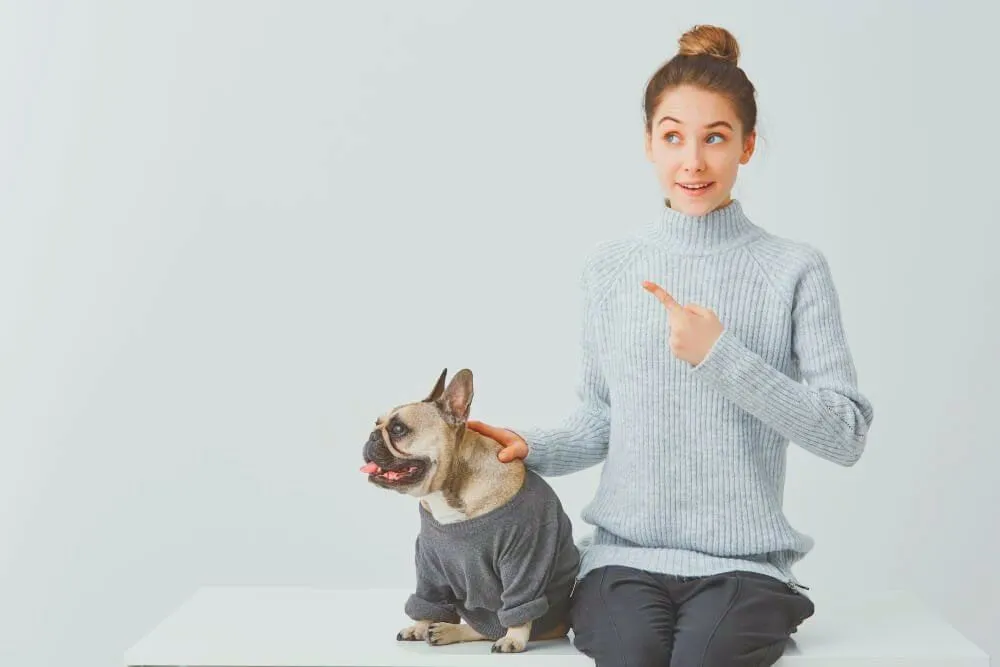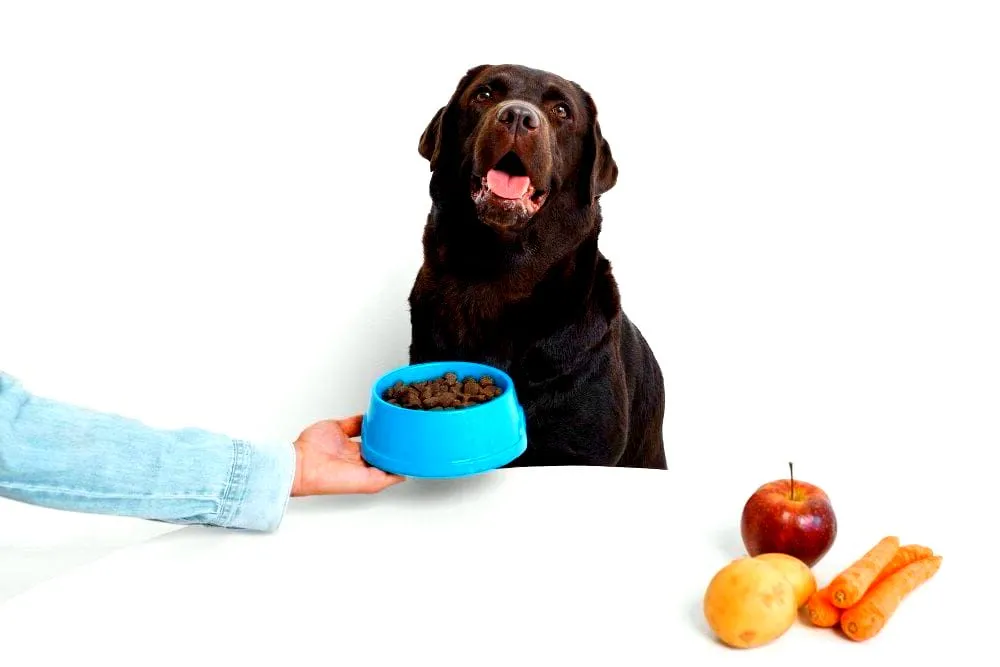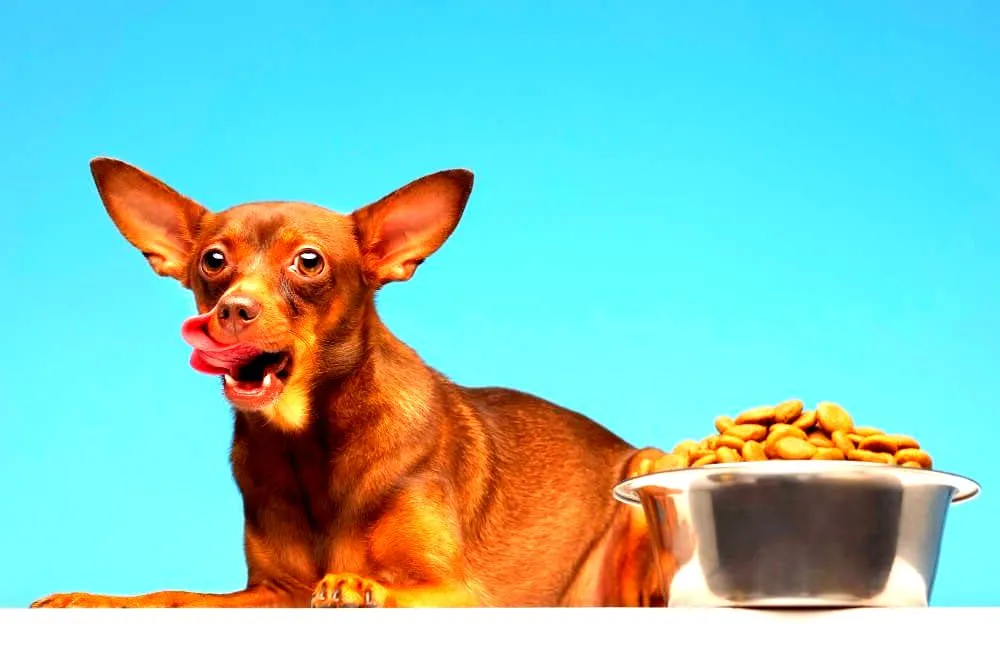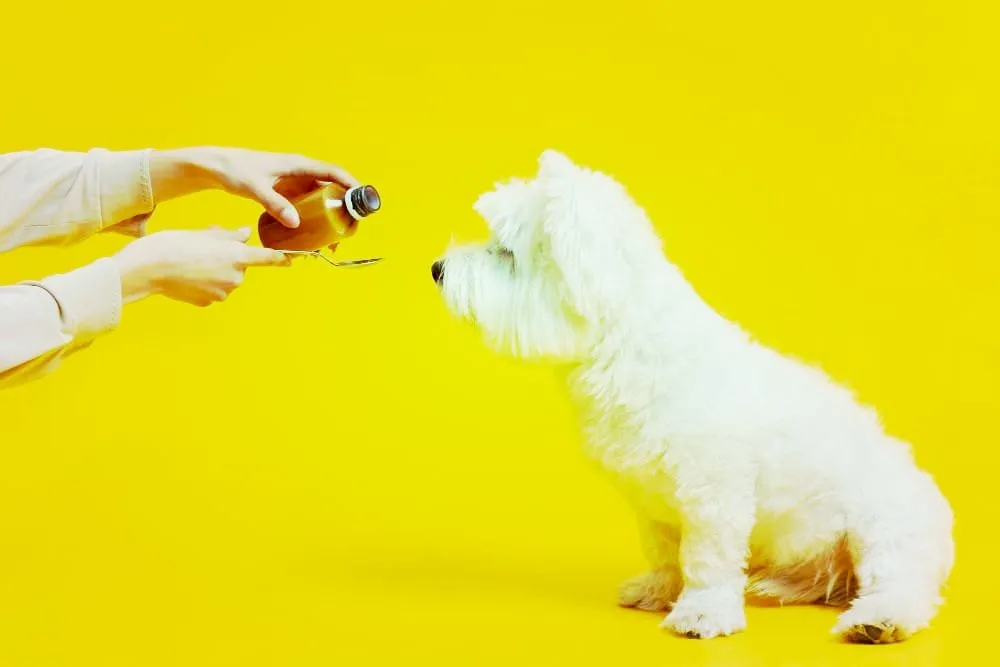
To read your dog body language, observe their facial expressions and body movements closely. In addition, pay attention to their tail position and ear movement as indicators of their emotions and intentions.
Understanding your dog body language is crucial for building a strong bond and communication with your furry friend.
Dogs use nonverbal cues to express their emotions, needs, and intentions, making it essential for pet owners to decipher their signals accurately.
By paying attention to their facial expressions, body movements, tail positions, and ear movements, you can gain valuable insights into your dog’s mindset and emotional state. This insight will not only help you respond appropriately but also prevent misunderstandings or potentially dangerous situations.
We will explore how to interpret your dog body language and enhance your understanding of their needs and feelings. Let’s dive in and decode the secret messages your pup is conveying!
Dog Body Language Chart
Understanding your dog body language is crucial for maintaining a healthy and happy relationship with your furry friend. By observing their subtle cues, you can gain valuable insights into their emotions and needs.
A dog body language chart can be a useful tool in deciphering what your dog is trying to communicate.
Pay attention to their posture, facial expressions, tail position, and ear placement. For example, a relaxed and loose body indicates a happy dog, while a tense and stiff body may signal fear or aggression.
Similarly, a wagging tail doesn’t always mean joy; it could indicate excitement or unease depending on its speed and height.
Learning how to read your dog body language will enable you to respond appropriately to their needs, ensuring a strong bond of trust and understanding between you both.
10 Ways Your Dog Is Communicating With You
It’s essential to read your dog’s body language in order to communicate effectively and develop a close relationship with your pet.
Dogs have their unique ways of expressing themselves, and being aware of these signals can help you interpret their needs and emotions.
Here are 10 ways your dog communicates with you:
- Tail wagging: A wagging tail isn’t always a sign of happiness.Different messages can be sent depending on the wag’s position and speed.
- Ear position: Pay attention to the position of your dog’s ears. Erect ears indicate alertness, while flattened or backward ears may signal fear or anxiety.
- Eye contact: Direct eye contact can suggest dominance or a challenge, while avoiding eye contact may indicate submission or unease.
- Body posture: A relaxed and loose body posture indicates a calm and content dog, while tense muscles and a lowered body suggests fear or submission.
- Vocalizations: Barking, growling, and howling are forms of vocal communication that express various emotions such as fear, excitement, or warning.
- Facial expressions: Your dog’s facial expressions can reveal happiness, stress, fear, or even aggression.
- Licking and yawning: Licking lips and frequent yawning can indicate stress, discomfort, or appeasement behavior.
- Paw lifting: Raising a front paw can be a sign of attention-seeking or playfulness.
- Tail position: Different tail positions, from high and relaxed to tucked between the legs, convey different emotions such as confidence, happiness, or fear.
- Overall body language: Combining all the above cues with your dog’s overall body language provides a holistic understanding of their emotional state and needs. By observing and understanding these subtle signals, you can better communicate and respond to your dog’s needs, ensuring a happy and healthy relationship.
A Dog Who Is Happy
Understanding your dog body language is crucial when it comes to ensuring their happiness. By observing their behavior, you can easily tell if your furry friend is content and comfortable in their environment.
A dog who is happy will display a variety of positive signals.
These may include a relaxed body posture, with ears and tail held in a natural position, neither too rigid nor too low. Happy dogs may also wag their tail gently or have a soft, open expression on their face.
They might engage in playful behaviors such as jumping, spinning, or even “bowing” down.
Additionally, a dog who is happy will have a relaxed, easy gait as they move around. By paying attention to these cues, you can ensure that your dog is in a good state of mind and continue to provide them with a nurturing and enjoyable atmosphere.
A Dog Who Is Unhappy Or Angry
For you and your dog to have a happy and healthy connection, you must be aware of your dog’s body language.
When your dog is unhappy or angry, their body language may give you important cues to decipher their emotions. Pay attention to their overall posture – a stiff body with raised hackles may indicate aggression or fear.
Look at their facial expression – a tense, wrinkled brow and narrowed eyes can be signs of anger. Additionally, watch for any changes in their tail position – a rigid, high-held tail may signal aggression, while a tucked tail between the legs may indicate fear or submission.
It’s also important to observe their ears – flattened or pinned back ears may suggest discomfort or aggression.
Understanding your dog’s body language can help you respond appropriately and address any underlying issues, promoting a positive relationship based on trust and understanding.
Remember to always approach your dog calmly and avoid any threatening gestures to avoid escalating the situation.
A Final Word
Understanding your dog’s body language is crucial for maintaining a strong bond and ensuring their well-being. By paying attention to their gestures, facial expressions, and overall demeanor, you can decipher their emotions and needs.
Remember, a wagging tail doesn’t always mean happiness, and raised hackles might indicate fear or aggression.
So, observe your furry friend closely, communicate effectively, and respond appropriately to create a harmonious relationship with your beloved companion. Happy dog-parenting!








